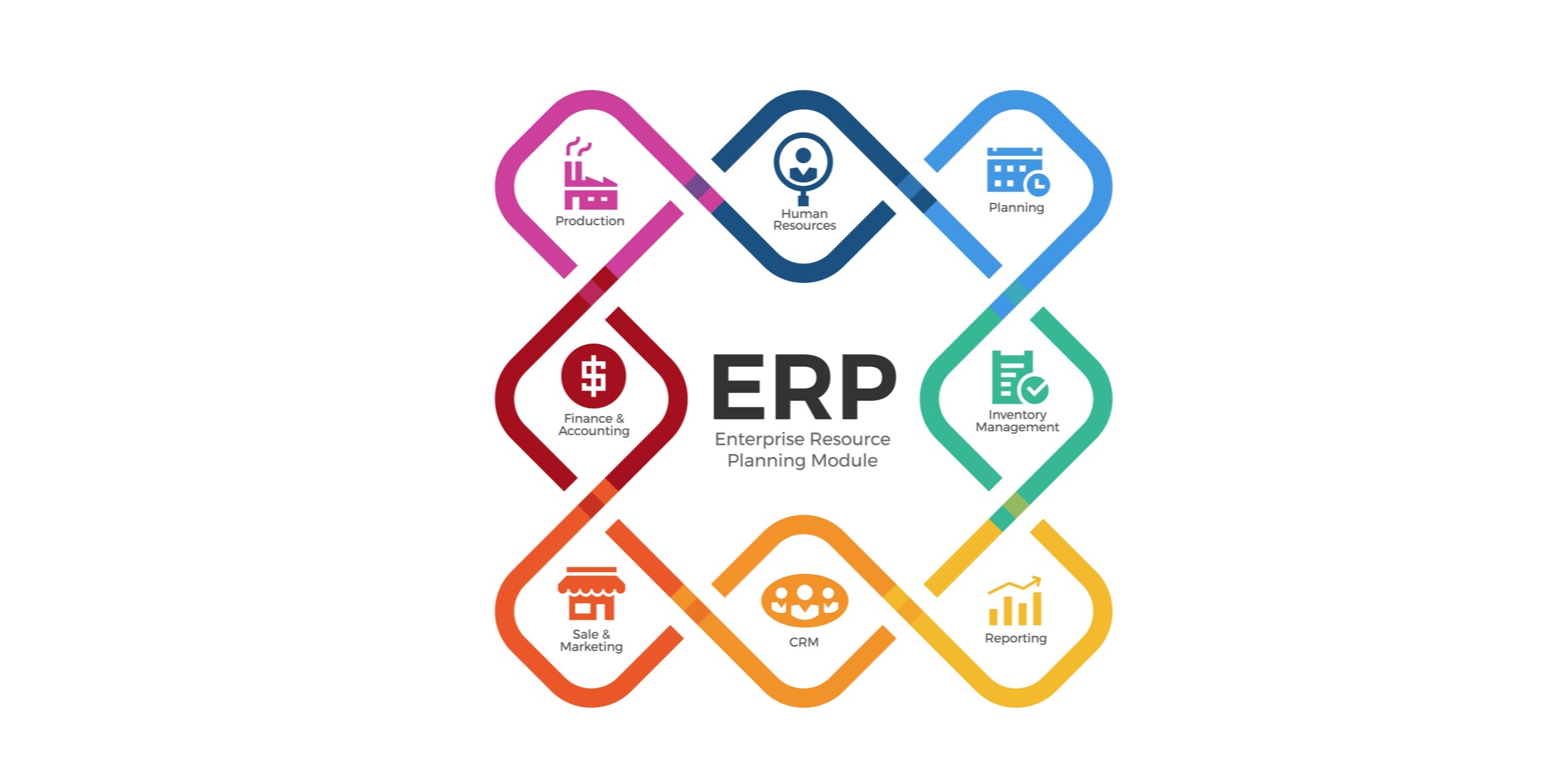An ERP, or Enterprise Resource Planning system, is a tool that helps businesses manage everything in one place. Instead of using separate programs for things like orders, inventory, accounting, and customer service, an ERP brings all those tools together into one system.
Let’s break it down. Imagine running an online store. You need to track products in your warehouse, manage orders, keep up with customers, and handle payments. Normally, you might use one program for tracking inventory, another for customer service, and a third for finances. But sometimes these systems don’t talk to each other. That’s where things get tricky—orders might get lost, or you might accidentally sell a product that’s out of stock because your systems aren’t connected.
An ERP fixes that. It combines everything you need into one tool. If a customer buys something, the ERP updates the inventory right away, starts the shipping process, and updates your financials. No need to juggle different programs—it’s all connected.
Some of the main parts of an ERP include:
- Inventory management: It tracks how much stock you have and automatically updates when things are sold.
- Order processing: It helps process customer orders and makes sure everything is shipped correctly.
- Accounting: It manages your finances, like tracking payments and expenses.
- Customer relationship management (CRM): It keeps track of customers and helps manage communication with them.
Basically, an ERP helps businesses run smoothly by keeping everything organized and connected. It’s especially helpful for companies that are growing, where managing lots of different systems gets complicated. With an ERP, everything happens in one place, saving time, reducing errors, and making it easier to scale.

Leave a Reply